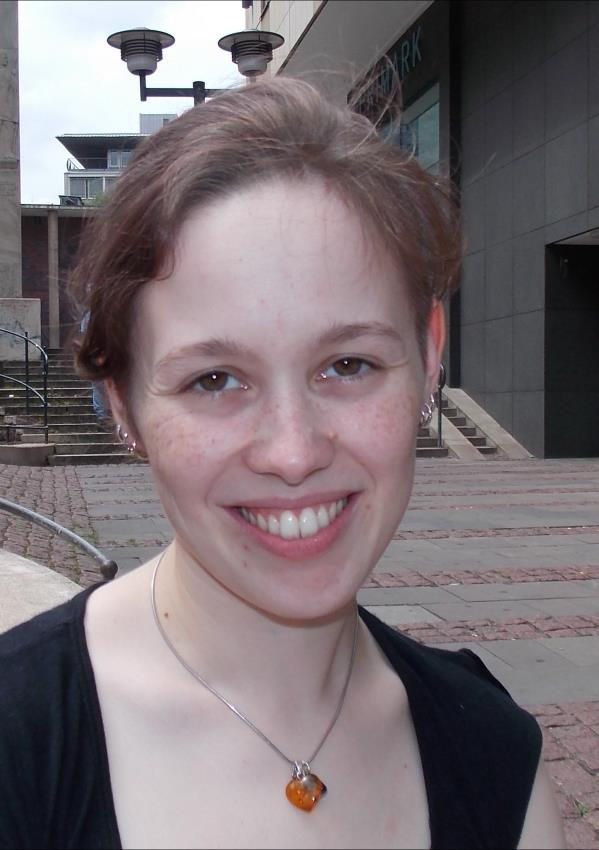Writing for Children, by Saoirse O'Mara
- Saoirse O'Mara
- Jan 30, 2017
- 2 min read
Saoirse (SEER-sha) O'Mara (aka Theresa Berg) writes children's books in English and German, typically with fantasy elements. Her Miro the Dragon is a sweet book about courage and friendship for children aged about 4 - 8, and her A Rogue's Tale series is a chapterbook series of mystery stories set in a fantasy world for children and YA aged 8 and up. She loves reading and languages, and some of her writing influences are Enid Blyton and Agatha Christie, both famous British writers. Saoirse lives in Germany with her amazing husband and her two cats.

As a writer, you always have to take your audience into account no matter what you write. So it should come as no surprise that a fantasy book for children would be different from a fantasy book for adults, and even with children, there are a lot of different categories based on age. But what is actually different? If you write for very young children (my Miro the Dragon, for example, is written for children about 4 - 8, which is aready a big age group), keep in mind that the story is likely read to them. Attention spans of younger children are typically still rather short so make sure to chunk your story accordingly. This could be by writing several short stories, or by writing chapter books with each chapter suitable to be read one at a time (so no big cliffhangers or the kids won't be able to sleep). If you're not sure how long your chunks are, read them aloud like you would read them to a young child, and stop your time. My stories are approximately 15 minutes each, which seems to be fine for most children within the age group. If you write for older children, chunking becomes less important. However, keep in mind that not everyone is a voracious reader, and that shorter chapters might work better for reluctant readers because the task to finish one doesn't seem as daunting as with long chapters. As for the content, keep it age-appropriate. No parent wants their young children read or hear swear words, for example. Complex issues may have to be simplified for them, and sentences shouldn't run on and on either. Basically, ask yourself whether you would want your child to read this (or, if you don't have children and are unsure, ask parents), and whether they would be able to understand it. On the other hand, don't talk down to children. They are not stupid, so don't make the mistake of "dumbing down" everything. It can be difficult to find the right balance; what helped me with this was to read a lot of children's books for my target audience to get a feeling for appropriate content and language. Libraries are a great research help there. In the end, writing for a young audience has its own unique challenges but is very rewarding. Just imagine the smiles of children if you ever have a reading event for them! Write on :)
Where can I find Saoirse and her work?













Comments